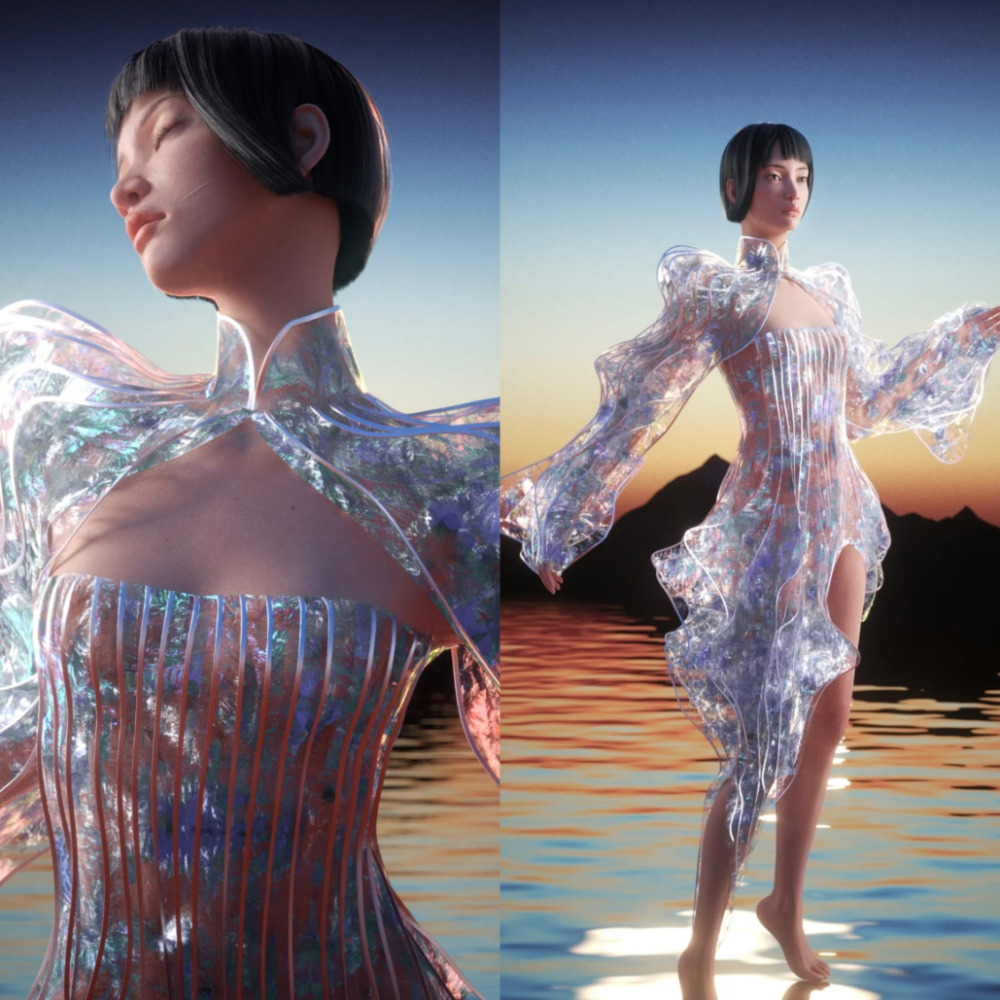Hyperrealism in fashion is a trend that blurs the lines between reality and simulation. It is characterized by clothes and accessories that are designed to look as realistic as possible, often using digital technology to achieve this effect.
Some of the main characteristics of hyperrealism in fashion include:
- The use of high-resolution 3D printing and scanning technology to create clothes that look like they have been plucked straight from a video game or computer-generated animation.
- The use of bold, saturated colors and patterns that are reminiscent of cartoons or comic books.
- The use of exaggerated proportions and features, such as oversized shoulders, exaggerated curves, or large logos.
Hyperrealism in fashion is a relatively new trend, but it has already gained a lot of traction among Gen Z consumers. This is because Gen Z is more likely to be exposed to digital media and technology, and they are more likely to appreciate the blurring of the lines between reality and simulation.
There are a few reasons why hyperrealism in fashion is becoming increasingly popular. First, it is a way for designers to create clothes that are visually striking and attention-grabbing. Second, it is a way for designers to tap into the growing popularity of digital fashion. Third, it is a way for designers to create clothes that are unique and stand out from the crowd.
It is still too early to say whether hyperrealism in fashion will become a lasting trend. However, it is clear that the trend is gaining popularity and is likely to continue to grow in the future.
Here are some examples of hyperrealistic fashion:
- The Loewe pixel collection, which features clothes that are designed to look like pixelated video game characters.
- The Mschf Big Red Boots, which are a pair of oversized boots that are covered in red fur.
- The Moschino x The Simpsons collection, which features clothes and accessories that are inspired by the popular cartoon show.
These are just a few examples of the many ways that hyperrealism is being used in fashion today. As the trend continues to grow, we can expect to see even more innovative and creative ways to use hyperrealism in fashion, let’s hope it gets better from here.
Shayne Heffernan









